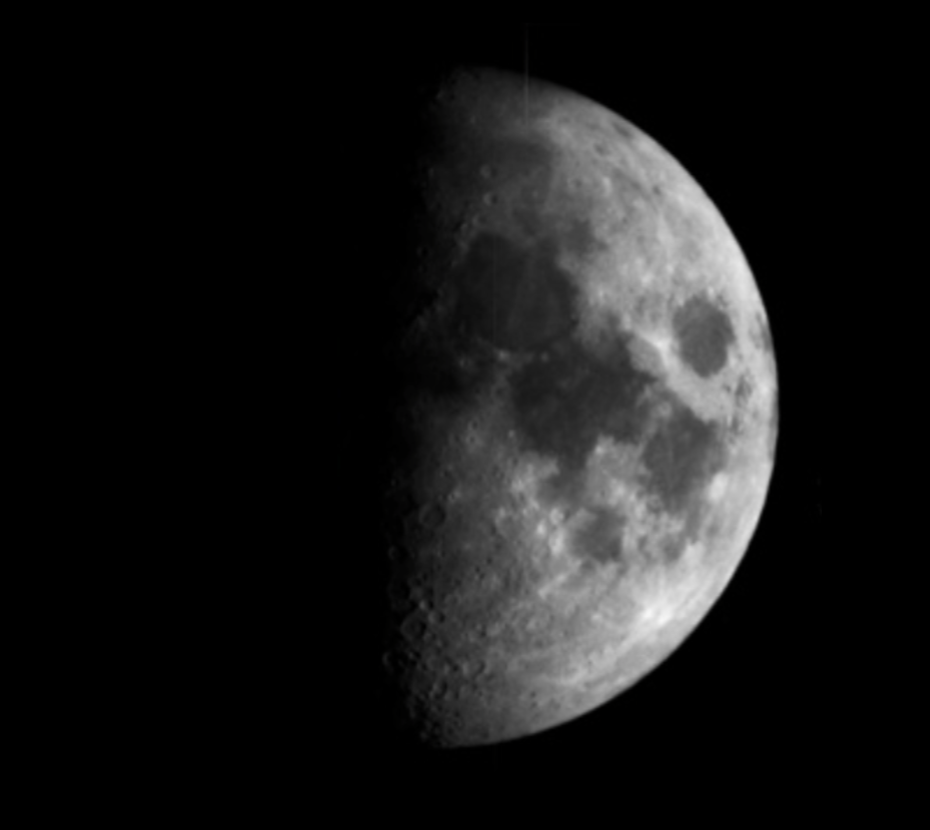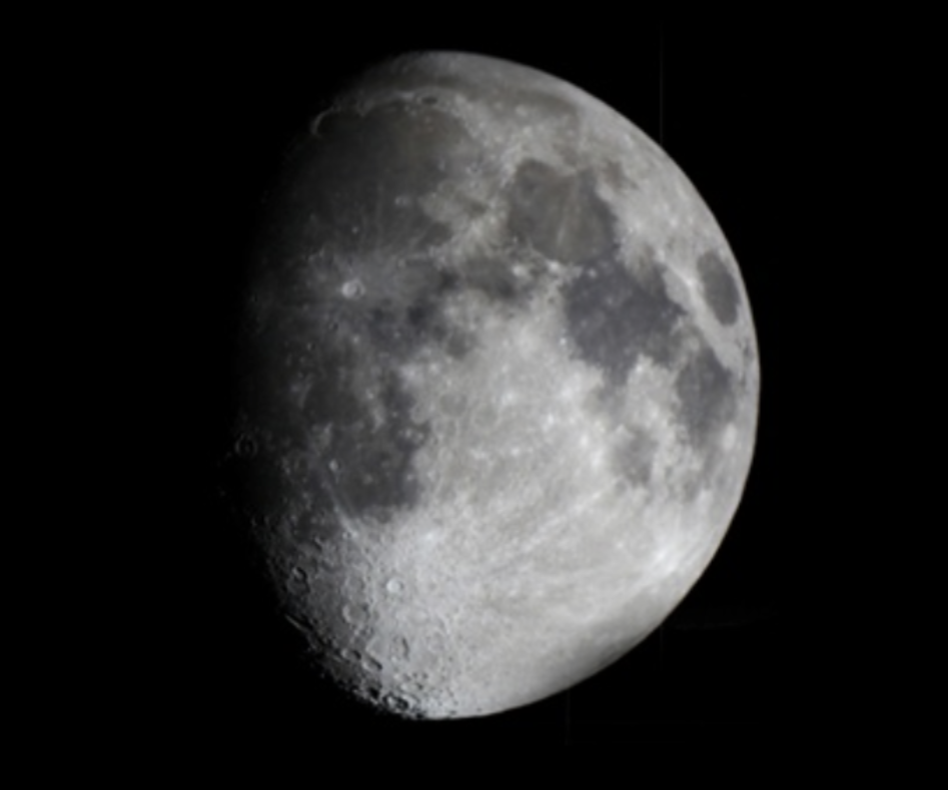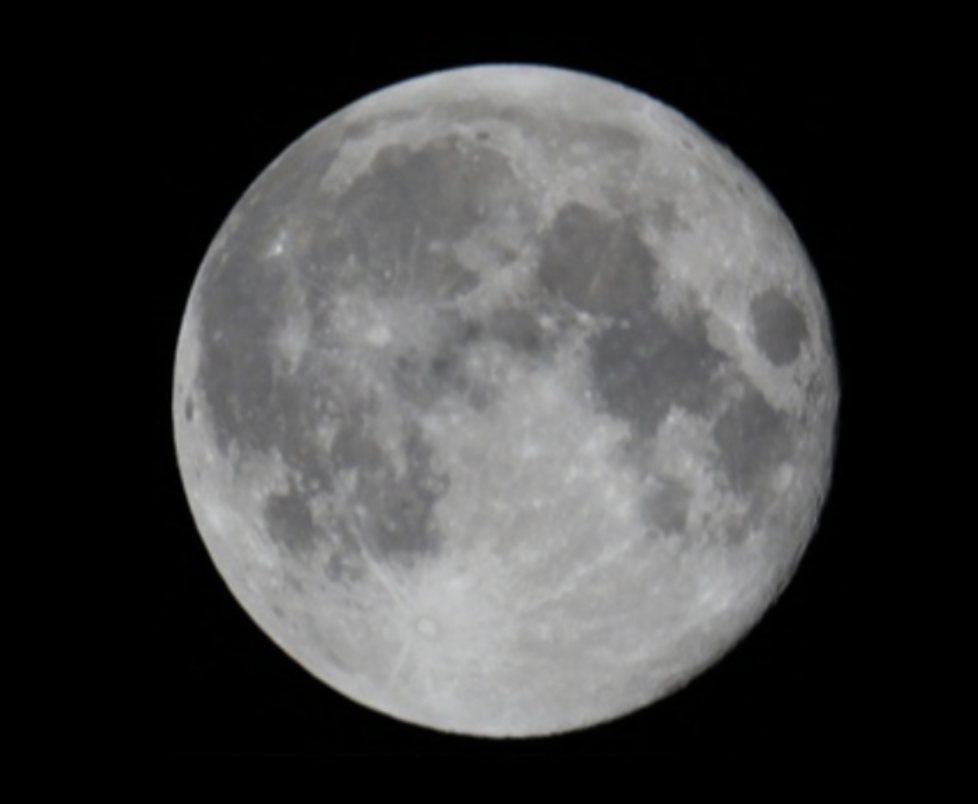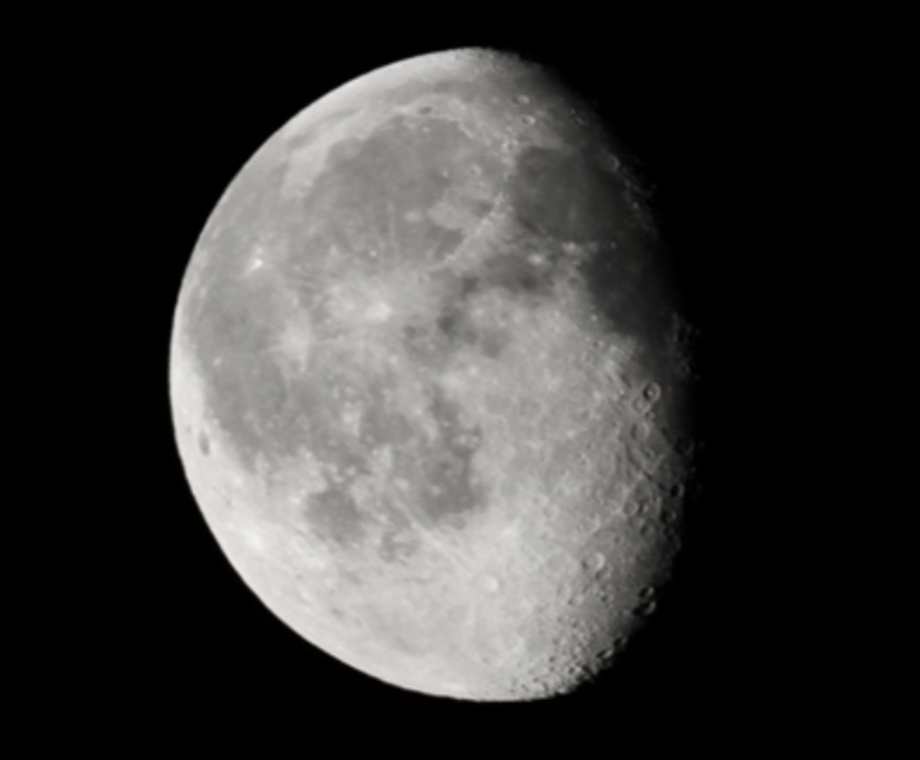Chapter 1: Celestial Sphere, Seasons, and the Moon
1/45
There's no tags or description
Looks like no tags are added yet.
Name | Mastery | Learn | Test | Matching | Spaced |
|---|
No study sessions yet.
46 Terms
Universe
The totality of all space, time, matter, and energy.
Astronomy
The study of the universe.
Light-years
The distance light travels in a year (about 6 trillion miles)
Theory
The framework of ideas and assumptions used to explain some set of observations and make predictions about the real world.
Theoretical models
Theories must be continuously tested with ______ of physical objects (like a planet or star) or phenomena (such as gravity or light) that account for the physical properties seen.
Testable
Scientific theories must be ______.
Scientific method
Scientists use this to test theories.
Observation/question → Research the topic area → Hypothesis → Test with experiment → Analyze data → Report conclusions
The step of the scientific method.
3000
The amount of visible stars at any one time.
Constellations
The name for a group of stars.
88
The amount of recognized constellations.
Polaris
Also known as the North Star because it is directly over Earth’s north rotational pole.
Celestial sphere
An imaginary sphere surrounding Earth to which all celestial objects are projected for observational purposes.
Counterclockwise
The Earth rotates in this direction, causing things on the celestial sphere to appear to rise in the east and set in the west.
Transit
When an object does this, it reaches its highest point in the sky.
The meridian of the celestial sphere
When an object transits, it is found on this.
Zenith
The point directly overhead.
The North Pole
Where on Earth would you be if Polaris was at your zenith?
Zodiac constellations
The twelve constellations the Sun moves through during the year.
Ecliptic
The apparent annual path of the Sun across the celestial sphere (also the path where the zodiac constellations are found)
Approximately 23.5º
The ecliptic is the plane of the Earth’s path around the Sun. the plane if tilted at what angle to the celestial equator?
Summer solstice
The northernmost point in the path (above the celestial equator) is which solstice? This is also the longest day of the year where its hot and the Sun is the highest in the sky.
Winter solstice
The southernmost point in the path is which solstice? This is also the shortest day of the year where its cold and the Sun is the lowest in the sky.
Vernal and autumnal equinoxes
The points where the path crosses the celestial equator. Happen between the summer and winter solstices, with equal day and night. 12 hours of daylight everywhere on Earth.
The Earth’s 23.5º tilt of the Earth’s rotational axis, causing the sun to hit Earth at different angles.
In summer, longer days and more direct sunlight make it warmer, and winter, shorter days and less direct light make it colder.
What are the primary and secondary reasons for the seasons?
Constant, this planet would experience no significant seasonal changes, as the angle of sunlight would remain constant throughout its orbit.
Imagine a planet whose rotational axis is perpendicular to its orbital plane. How would you describe its seasons?
Approximately 29.5
How many days does it take the moon to go through whole cycles?
The time it takes for the moon to complete one full cycle of phases.
What is a synodic month?
the position of the Moon with respect to the Sun and the Earth.
Moon phases are due to
Sidereal month
Time for the Moon to make full 360º orbit around Earth, which is about 2 days.
Waxing phase
When light is on the right side of the Moon
Waning phase
When darkness is on the right side of the Moon

New Moon

Waxing Crescent

First Quarter

Waxing Gibbous

Full Moon

Waning Gibbous

Third Quarter

Waning Crescent
Eclipse
Occur when Earth, Moon, and Sun form a straight line.
Lunar Eclipse
Earth is between Moon and Sun
Partial when only part of Moon is in shadow
Total when all is in shadow
Solar Eclipse
Moon is between Earth and Sun
Partial when only part of the Sun is blocked
Total when it all is blocked
Annular when Moon is too far from Earth for total
The Earth’s and Moon’s orbits are not in the same place.
Why don’t Eclipses occur every month?
About midnight
Wha time does the first quarter moon set?
Sunset
What time does the first quarter moon transit?